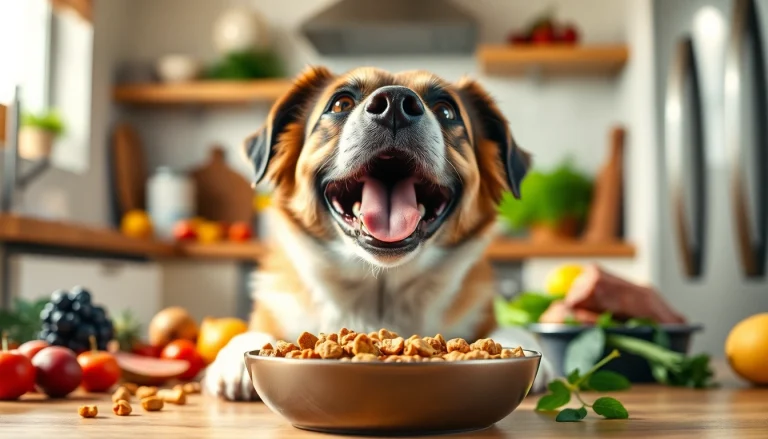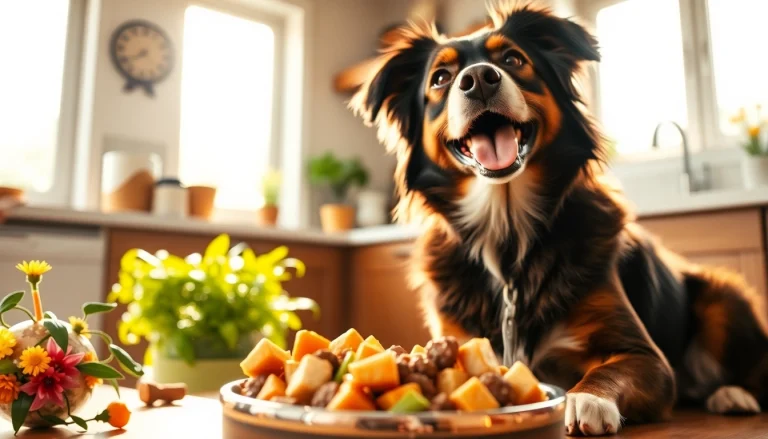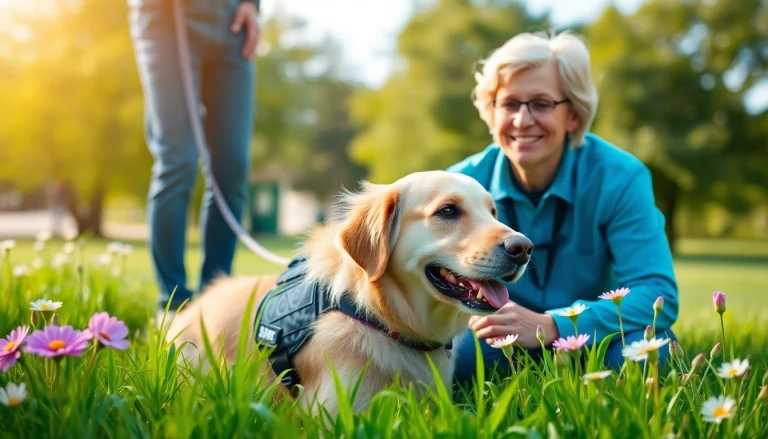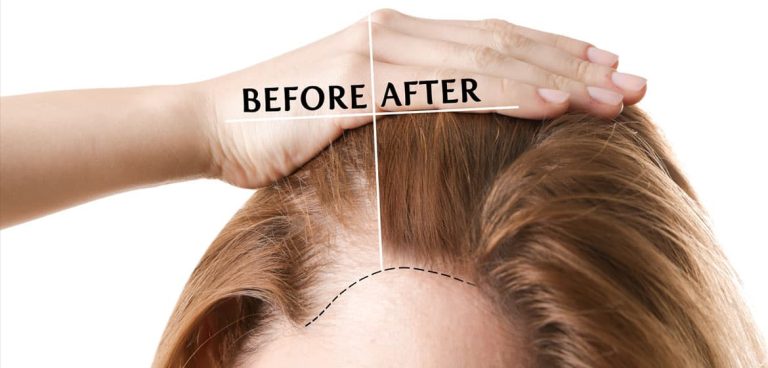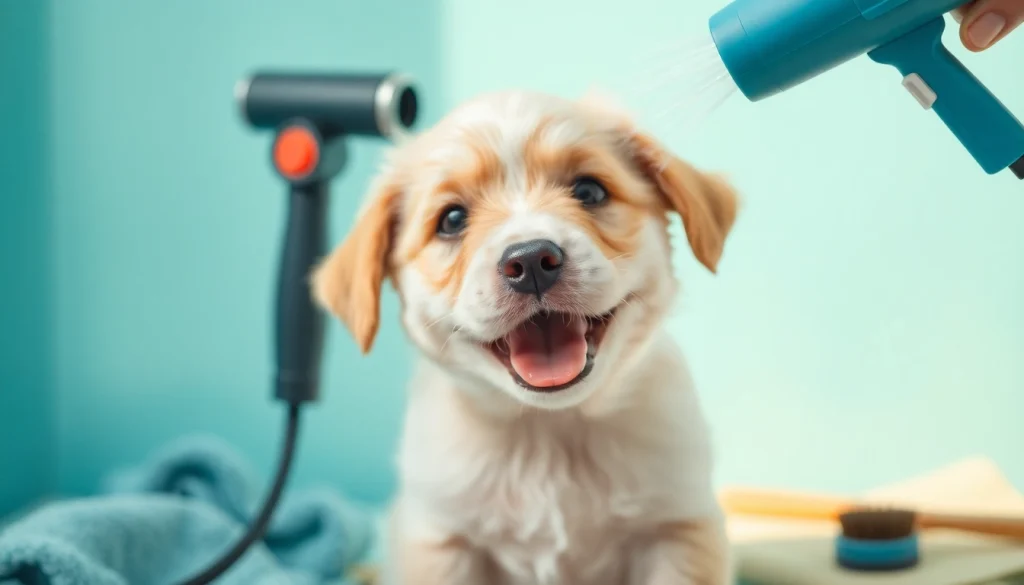
Understanding the Importance of Puppy Dog Grooming
Puppy dog grooming is not just about keeping your furry friend looking cute and stylish; it plays an essential role in their overall health and well-being. Regular grooming helps to maintain their coat, reduces the risk of skin infections, and can even facilitate bonding between you and your pet. Additionally, grooming allows you to check for potential health issues early on, such as skin irritations or parasites. As a proactive pet owner, understanding the importance of grooming is key to ensuring your puppy develops into a happy, healthy adult dog.
Benefits of Regular Grooming
The benefits of regular grooming extend far beyond aesthetics. Grooming promotes good hygiene, removes dead hair, and cleans the skin underneath, which helps to prevent matting and skin disorders. Regular brushing can reduce shedding, keeping your home cleaner and minimizing allergens in the air. Moreover, grooming sessions are an excellent opportunity for you to bond with your puppy, as you spend quality time together while grooming.
Identifying Grooming Needs by Breed
Different dog breeds have varying grooming needs. While some breeds with short hair may require minimal grooming, long-haired breeds demand daily attention to avoid tangles and mats. For example:
- Terriers: Generally require regular brushing to prevent matting and to maintain their coat’s condition.
- Golden Retrievers: Need weekly grooming to manage shedding and maintain a healthy coat.
- Poodles: Require regular grooming to keep their curls intact and prevent matting.
Understanding these specific grooming requirements can help you schedule grooming sessions effectively, ensuring your puppy’s coat remains healthy and manageable.
Understanding Grooming Tools
The right grooming tools make all the difference when it comes to effectively managing your puppy’s coat. Essential tools include:
- Brushes: Different brushes serve different purposes. Pin brushes are great for long-haired puppies, while bristle brushes work well for short-haired breeds.
- Combs: Used for detangling and removing debris from the coat, especially in areas around the ears and paws.
- Shampoo: Choosing the right puppy shampoo is critical; look for gentle, tear-free formulas that are formulated specifically for dogs.
- Nail clippers: Keep your puppy’s nails trimmed to prevent discomfort and mobility issues.
Investing in quality grooming tools can significantly streamline your grooming process and contribute to your puppy’s overall comfort.
Step-by-Step Guide to Grooming Your Puppy
Grooming can seem daunting at first, especially for new puppy owners. However, by following a step-by-step guide, you can simplify the process and make it a positive experience for both of you.
Bathing Techniques for Puppies
Bathing your puppy appropriately is crucial not only for cleanliness but also for their comfort. Follow these guidelines:
- Gather all necessary supplies: puppy shampoo, towels, a rubber mat for traction, and a cup for rinsing.
- Fill a tub or sink with lukewarm water, ensuring it is deep enough for the puppy to stand in without slipping.
- Wet your puppy’s coat thoroughly, starting from their back and working down toward their legs and belly, avoiding the face initially.
- Apply a small amount of shampoo and lather gently, being cautious of the face. For the face, use a wet washcloth with a small amount of shampoo.
- Rinse thoroughly to ensure no product residue remains, as this can irritate their skin.
- Dry your puppy with a towel; you can use a hairdryer on a low setting if your puppy is comfortable with the noise.
Bathing should be a calming activity, so offer plenty of praise and treats to help your puppy associate the process with positive experiences.
Proper Brushing Methods
Brushing is a key component of grooming that can help prevent mats and tangles. Here’s how to effectively brush your puppy’s coat:
- Choose the appropriate brush for your puppy’s coat type.
- Start at the neck and work down to the tail, using gentle strokes.
- Be cautious around sensitive areas such as the belly, legs, and ears, brushing slowly and with care.
- If tangles occur, use a dematting comb or your fingers to gently work them out instead of forcing them.
- Finish by giving a nice pat and some affection to reward good behavior.
Brushing sessions should be short and enjoyable, gradually increasing in duration as your puppy becomes accustomed to the process.
Clipping Nails and Care Tips
Nail care is often overlooked, but it’s vital for your puppy’s comfort and health. Long nails can cause discomfort and lead to mobility issues. Here’s how to clip your puppy’s nails properly:
- Choose a quiet area and gather your supplies: nail clippers, a file, and treats.
- Gently hold your puppy’s paw and expose the nails. Be cautious around the quick, which is the pink area that contains blood vessels.
- Clip the tip of the nail, avoiding the quick to prevent bleeding and pain.
- If you accidentally cut too short, apply a styptic powder to stop the bleeding.
- Finish by filing the edges to smooth them out, and reward your puppy with treats.
Regular nail care should be part of your grooming routine, ideally every 3-4 weeks, to keep your puppy comfortable.
Choosing the Right Grooming Products
With a plethora of grooming products available, choosing the right ones can be overwhelming. By focusing on quality and suitability, you can ensure effective grooming sessions.
Best Puppy Shampoos and Conditioners
Selecting the right shampoo and conditioner is crucial for maintaining your puppy’s coat health. Look for products that are:
- Gentle: Avoid harsh ingredients that could irritate their skin.
- pH-balanced: Puppy skin has a different pH than human skin, so use products designed specifically for dogs.
- Tear-free: Ensure the products don’t cause discomfort if they get into their eyes.
Some highly recommended options include oatmeal-based shampoos for sensitive skin and hypoallergenic formulas for pups with allergies.
Essential Grooming Tools You Need
In addition to shampoo and conditioner, having the right tools will significantly enhance your grooming experience. Essential tools include:
- Brushes: Explore different brush types based on your dog’s coat length.
- Nail Clippers: Opt for clippers that suit your puppy’s size and comfort level.
- Ear Cleaners: These help maintain ear health, preventing infections.
- Specific grooming gadgets: Consider a puppy dog grooming shower gun to make bath time more enjoyable for both you and your puppy.
By investing in quality tools, you ensure that grooming sessions are effective and stress-free.
Eco-Friendly Grooming Options
As pet owners become more environmentally conscious, eco-friendly grooming options have gained popularity. You can choose products that:
- Use natural ingredients: Look for brands that prioritize sustainability and use organic materials.
- Offer recyclable packaging: Reducing plastic waste is essential for the environment.
- Support ethical practices: Choose brands that are cruelty-free and environmentally responsible.
Not only do eco-friendly products support healthy grooming practices, but they also contribute positively to the environment.
Common Grooming Challenges and Solutions
Grooming your puppy can present various challenges, from resistance to grooming tools to the dog’s anxiety. Understanding common grooming problems and their solutions can make the process smoother for both of you.
Dealing with Matting and Tangles
Matting is a common issue, particularly for long-haired breeds. To tackle mats effectively:
- Use a slicker brush to gently work through mats, starting at the end and gradually working your way up.
- If a mat is too tight, consider using scissors to carefully snip it away, but be cautious not to cut the skin.
- Prevent future mats by brushing regularly and keeping your puppy’s coat trimmed as needed.
Creating a positive association with grooming can also help as you reward your puppy during the process.
Barking and Anxiety During Grooming
Many puppies experience anxiety during grooming, leading to barking or restlessness. To help alleviate this:
- Start by getting your puppy accustomed to the grooming tools without using them, allowing them to sniff and explore.
- Introduce grooming gradually, starting with short sessions followed by treats and praise.
- Consider using calming aids, such as anxiety wraps or diffusers with calming scents, if your puppy remains particularly anxious.
Patience and consistency will help your puppy feel more comfortable and less anxious over time.
Handling Sensitivity Around Eyes and Ears
Puppies can be particularly sensitive around their eyes and ears, which can make grooming more challenging. Here’s how to handle these areas gently:
- Use a soft, damp cloth to gently clean around the eyes, and avoid direct contact with the eye itself.
- For ears, use a vet-recommended ear cleaner and apply it with a cotton ball to avoid irritation and infections.
- Above all, be calm and gentle, consistently reassuring your puppy to help them relax.
As they become accustomed to the process, they will likely become more tolerant of grooming in these sensitive areas.
When to Seek Professional Grooming Services
While many grooming tasks can be done at home, there are times when seeking professional help is necessary. Understanding these moments can ensure your puppy receives the appropriate care.
Signs Your Puppy Needs Professional Help
There are specific indicators that suggest it may be time to consult a professional groomer:
- If your puppy’s coat is excessively matted and difficult to manage.
- If your puppy displays extreme anxiety or aggression towards grooming tools.
- If you are uncertain about handling specific grooming tasks like nail clipping or ear cleaning.
Recognizing these signs early on ensures your puppy remains healthy and comfortable.
Choosing the Right Grooming Salon
When looking for a professional grooming service, consider the following tips:
- Research local grooming salons through reviews and recommendations from other dog owners.
- Visit the salon beforehand to check for cleanliness and observe the interaction between groomers and the dogs.
- Ask about the grooming techniques used and request a consultation if your puppy has specific needs.
Finding the right grooming salon can make all the difference in ensuring your puppy feels safe and enjoys the experience.
What to Expect from a Professional Grooming Session
Understanding what happens during a professional grooming session can alleviate worries:
- Your puppy will be assessed for any specific grooming needs before the session begins.
- The grooming process typically includes bathing, brushing, nail clipping, and ear cleaning.
- Expect an average grooming session to last anywhere from 1-3 hours, depending on the complexity of the grooming needs.
- Your groomer will also provide advice on maintaining your puppy’s coat between visits.
With proper communication and understanding, a professional grooming session can enhance your puppy’s appearance and health.
